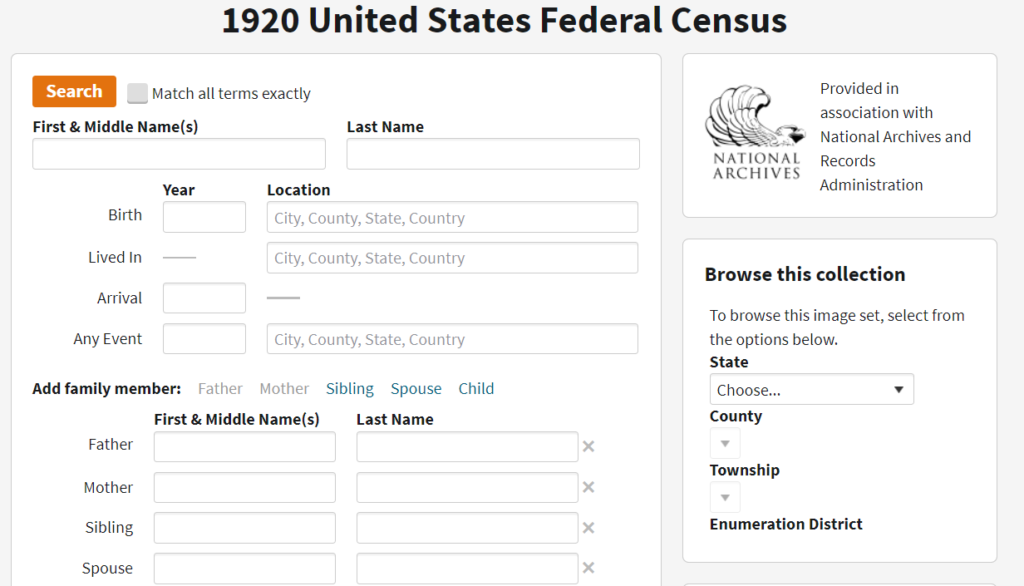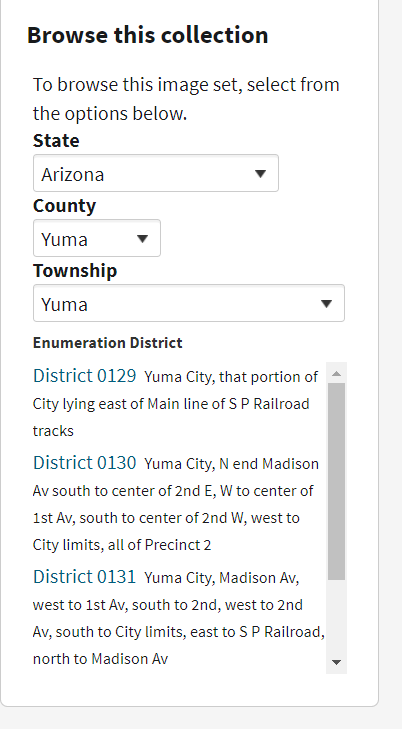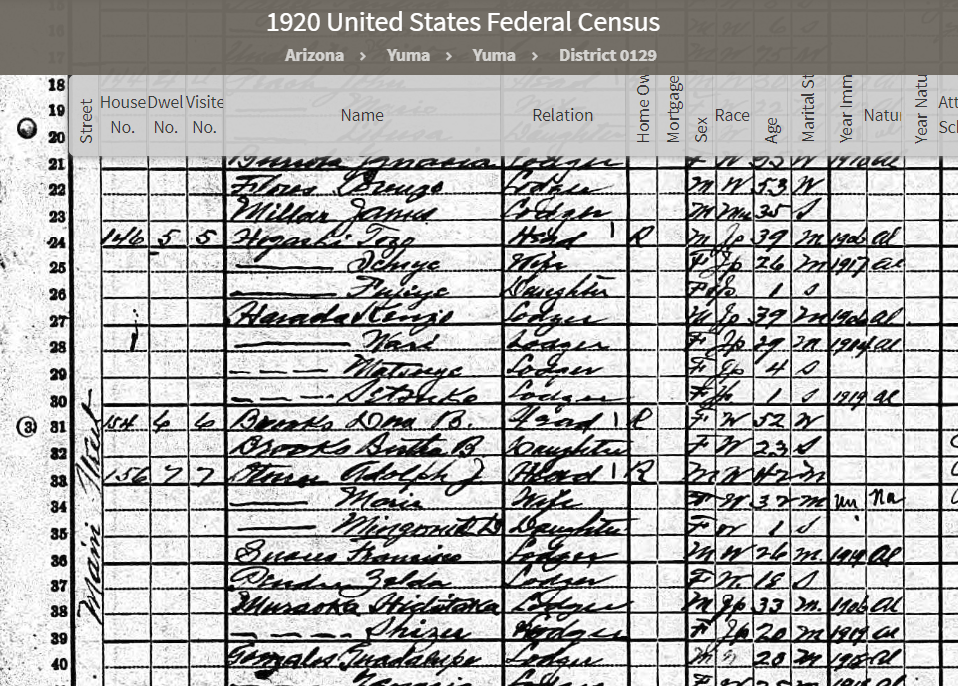How to Easily Find the History of Your House
We talk a lot about our family history, but do you know your house history? Houses have histories, too! We used to live in a house that was built in the 1920’s and had been renovated over the years. I loved that house, but it had many challenges to it as well. I really wanted to learn the history of our house, but unfortunately, we moved before I could find out too much. Then we moved into a house that was built in the 1990’s and we are loving it! I must admit, I haven’t researched this house history yet, but it’s on my list of things to do.
So I researched some ways that you and I can learn the history of our old houses, whether they were built in the 1920’s or the 1990’s.
Start with the Listing if you want to Know the History of Your House
If you are planning to buy a house and want to know the history, then this is a good place to start. It’s easy to do a Google search of the address or use one of the multiple realtor websites to learn more about the house.

However, if you’re wondering about your current house, then you should have all of the papers from the house closing and inspection to start with. These papers will show the square footage, possibly the house year, and other details about the house. Realtors will sometimes include a binder of your house’s details when the deal is done. It’s a great way to add your house to your genealogy efforts.
Property Records Search
Another free online resource is searching property records. These are found with your county clerk or recorder’s office. The Public Records Online Directory will show you any public records for your house. You need to find your state, county, city and address in order to see what your state has online for you. It’s a lot of fun to find out what your state actually has on your house. The details could include the year the house was built, the previous owners, the square footage, the subdivision boundaries, etc.
Know the Architecture of the History of Your House
Many houses have architecture that is from the original house year. This will include the doors, windows, and the major structure of the building. Now you do have to be aware that if the house is old, then it will probably have modern renovations over the years. Things such as modern plumbing and electricity might confuse you as to when it was built. If your house had major renovation, then you won’t have a lot of the architecture to help you find when your house was built. However, each renovation has to be filed with the county recorder’s office. This means that these are public records that can show you how your house changed over time.
Another option is to bring in building professionals to look at your house. It helps to include someone who knows the area’s historical houses. Your city or county might have a historical society that you can ask to see if there is a historical house professional in the area. Another option is to look at the National Register of Historic Places to see if your house is registered as a historic house for your area. This will also help with knowing your house’s architecture.
Census Records to Find the People of the House
If you want to know more about the previous owners of your house, then the census records are a fun option. You can do an easy search for your address by going to Ancestry.com. Click on Census and Voter Lists, then in the right hand column is a collection called U.S. Federal Census Collection that you click next. This will take you to all of the census records. You need to scroll all the way down to where you see the list of censuses. Click on the one you want such as the 1920 United States Census. In the right hand column you will see Browse this collection followed by state, county, township, etc. This is where you will enter your information. Next, you will need to find the enumeration district for your house.

Each district shows what area of the city it covers. So, this may take some time to figure out where your house is located. Then you will see the original census of your city and over on the left hand side you will see the street name and the first column will show the house number. Then go page by page until you find your house. This will show you the previous owners and if you’re lucky, you will see the original owners of your house. Keep in mind that the census records only go to 1940. So if your house was built after 1940, then this won’t work. This is how you search the census by address instead of by person.
Conclusion
There are many more tips that are available to you if you want to dig deeper into knowing your house. This is a fun project to do with others. So give it a try! In the meantime, if you need help with any step of your genealogy journey, then contact me for a 30 minute free consultation to see if we are a good fit!
And as always…good luck and happy hunting!
Tiffany
P.S. For more articles on how to use Ancestry.com then check out the ones below.



